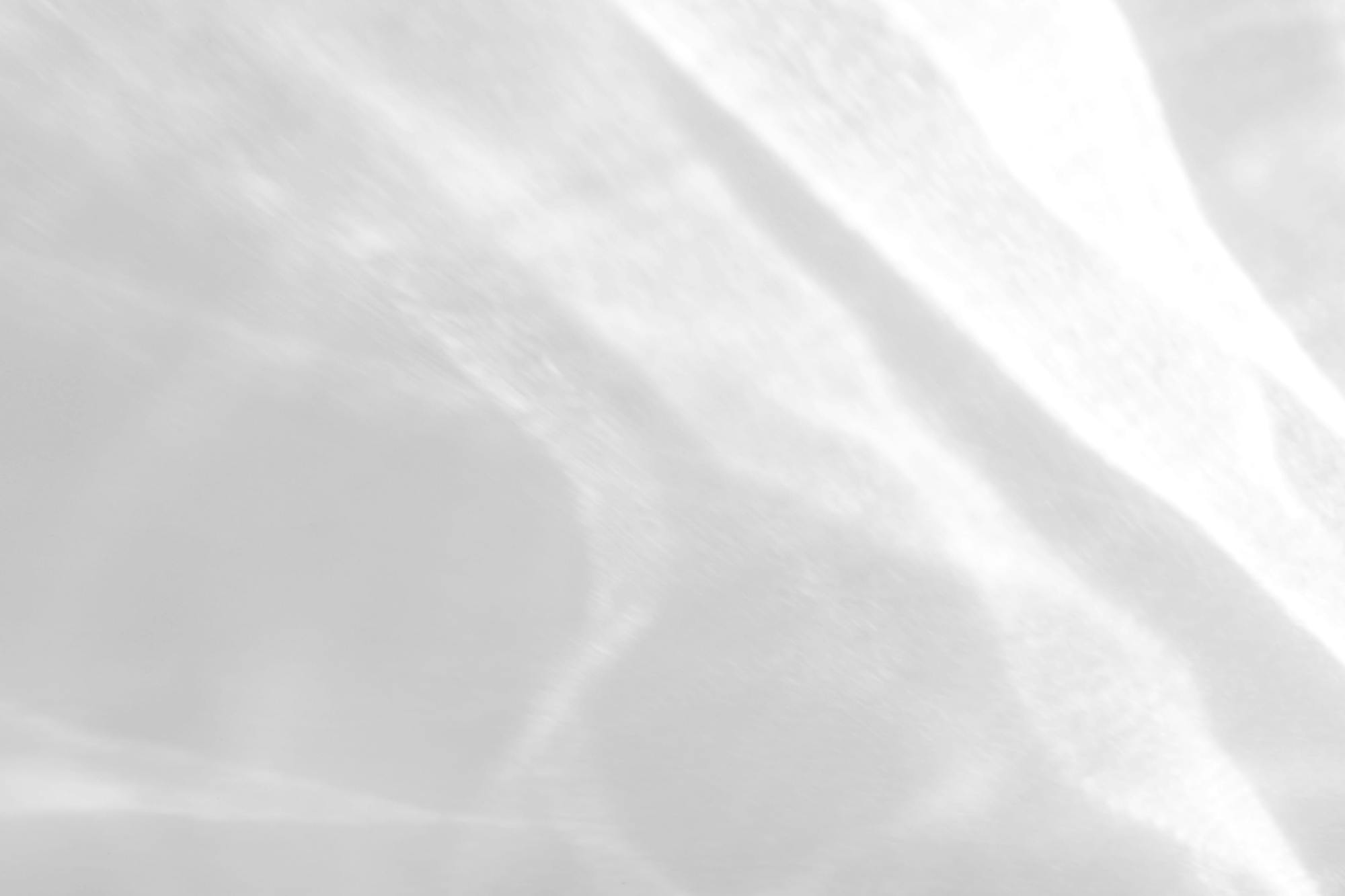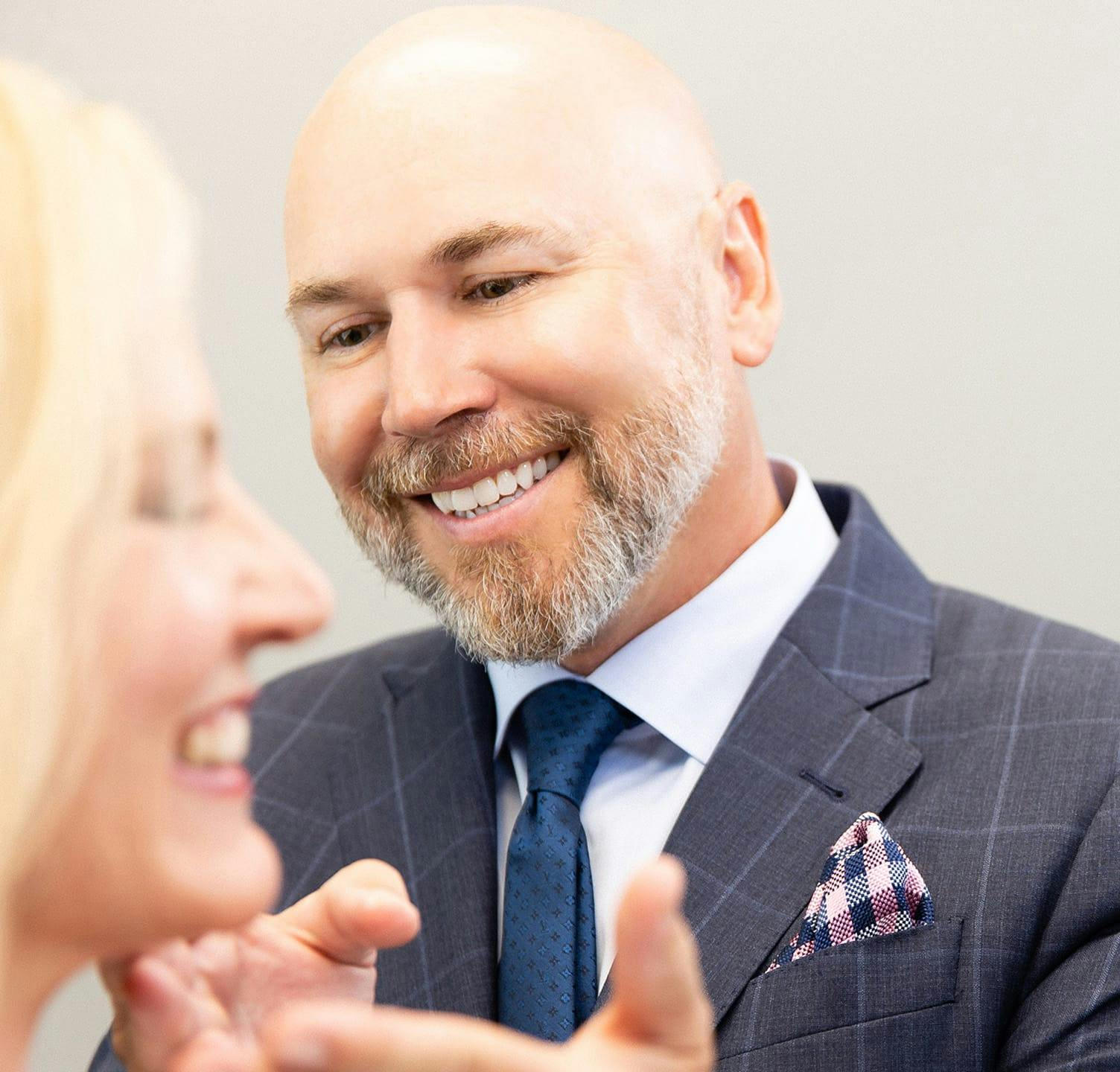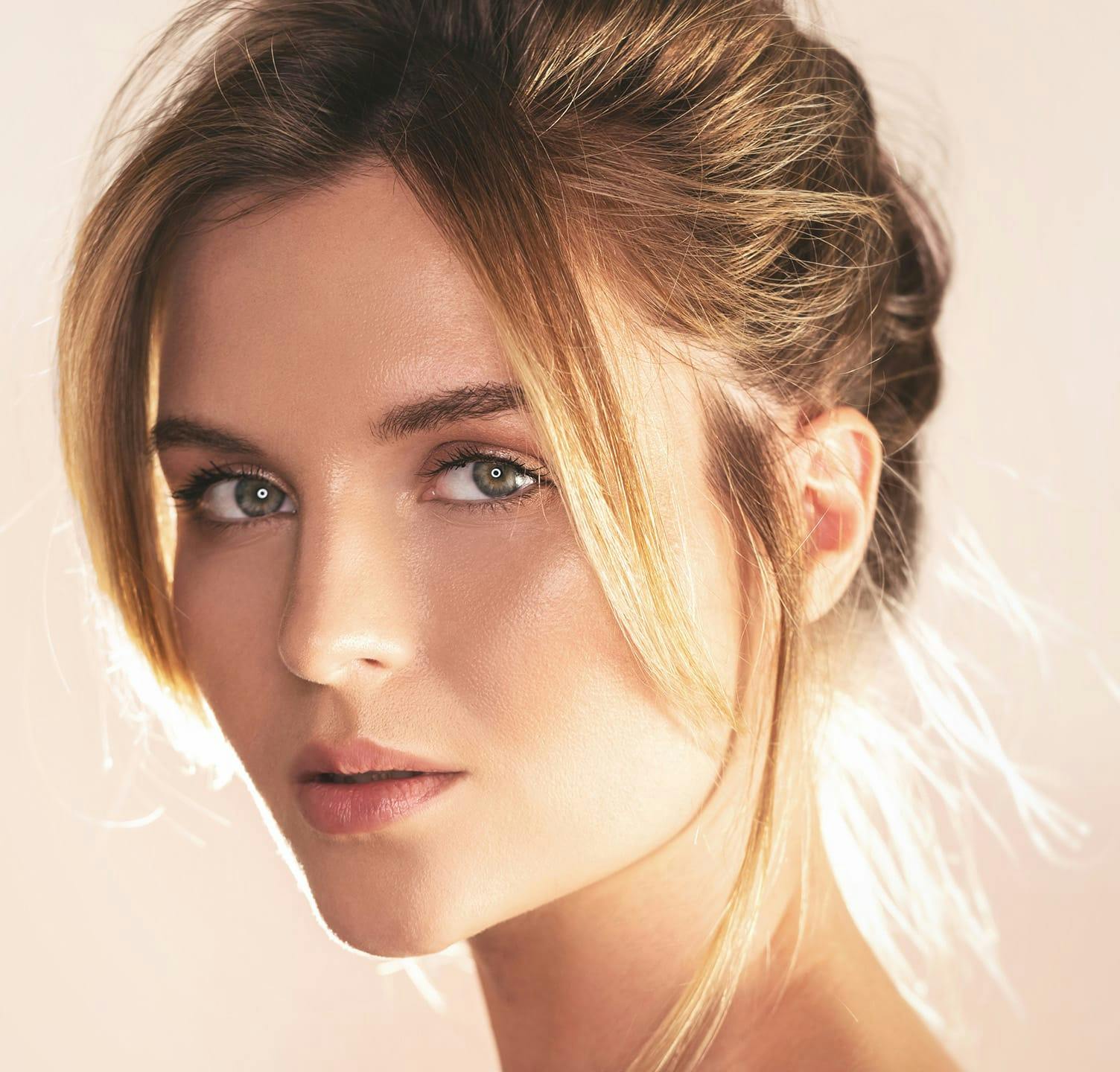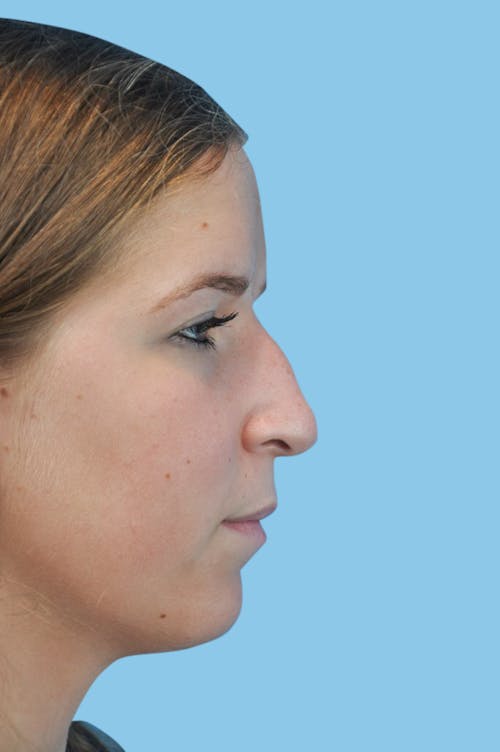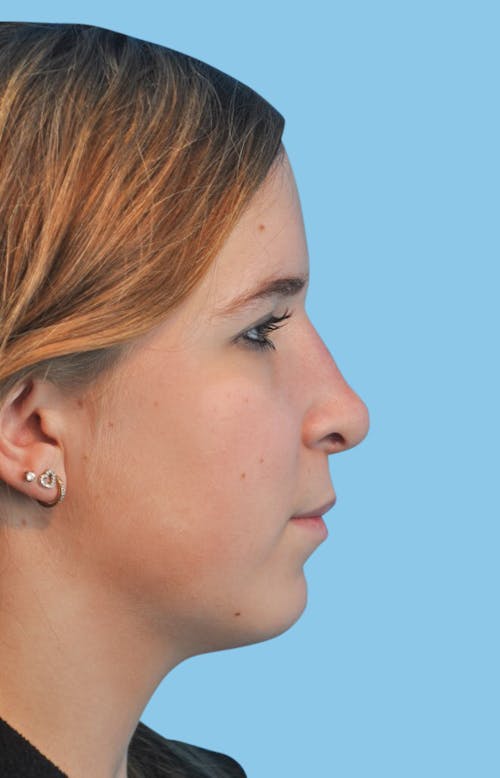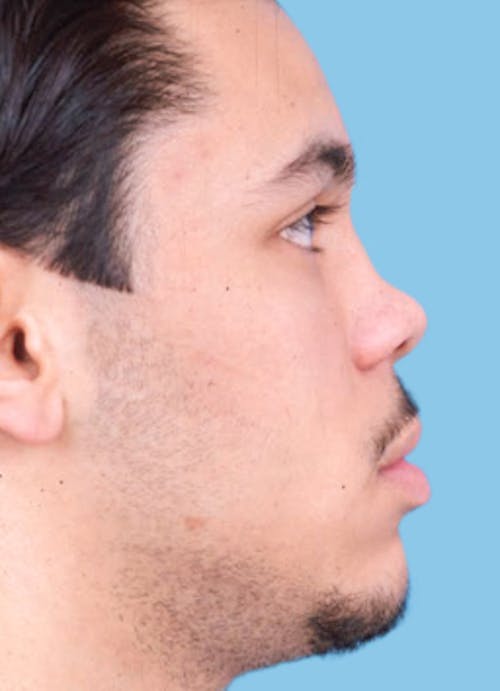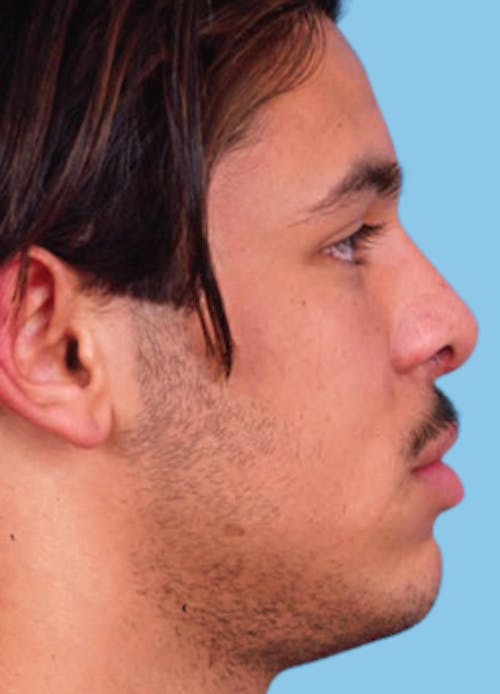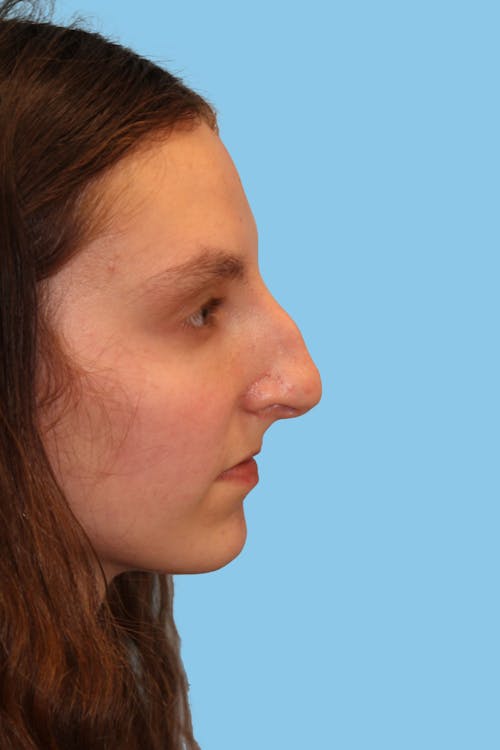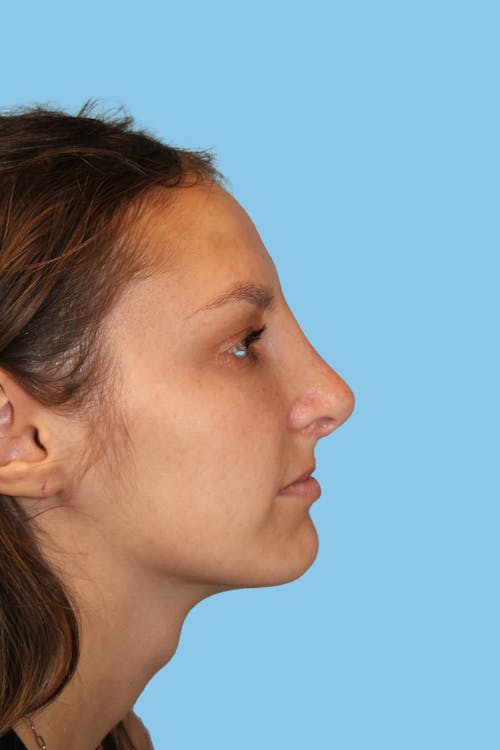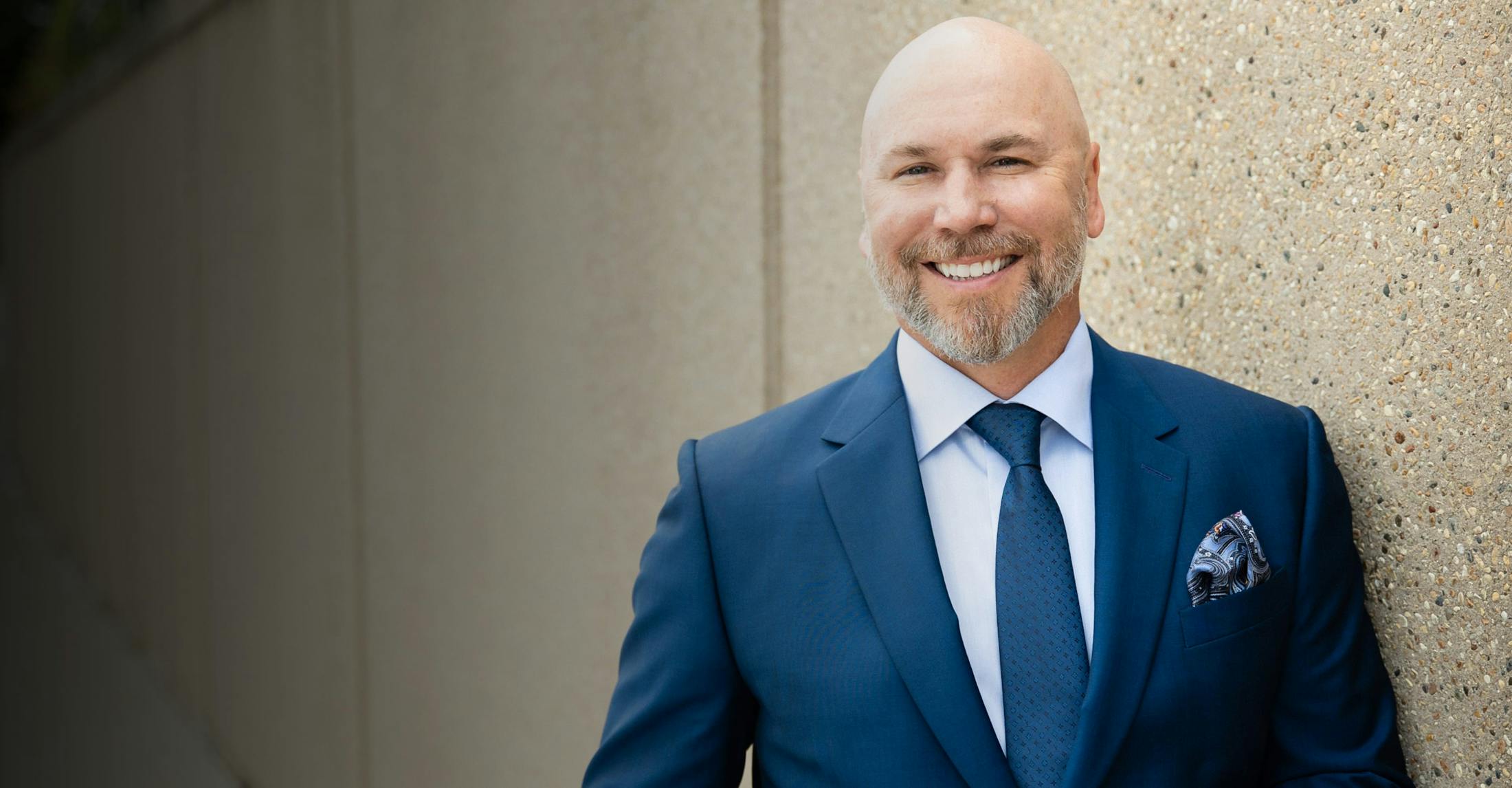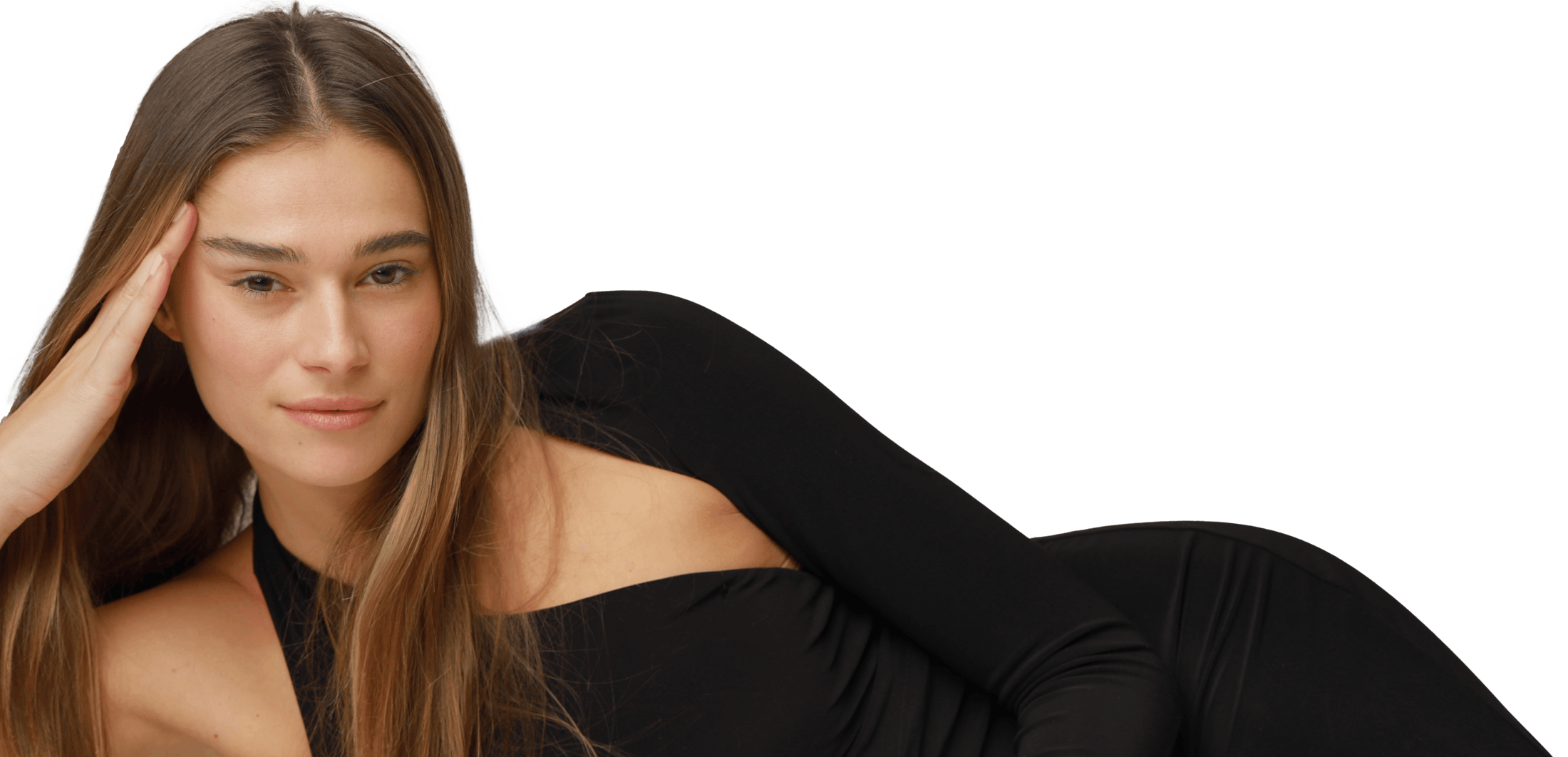Perfect the focal point of your face for a harmonious facial profile with rhinoplasty.
Is Rhinoplasty Right For Me?
Rhinoplasty is an ideal procedure for individuals who are seeking to enhance the aesthetics and functionality of their nose. Whether you wish to correct structural irregularities, address cosmetic concerns, or improve your breathing, rhinoplasty in Chicago can be a suitable option. If you have specific issues like a prominent nasal hump, wide nostrils, asymmetry, or breathing difficulties, rhinoplasty can help you achieve your desired outcome. Dr. Warner is a leading expert in rhinoplasty, and his guidance allows us to assess your needs and guide you through the process for the best possible results. To determine if rhinoplasty is the right choice for you, schedule a consultation with The Warner Institute, where we will assess your needs and tailor the procedure to your individual goals. During your consultation, Dr. Warner utilizes the Vectra 3D X-T imaging system. This revolutionary technology allows for meticulous planning and visualization of your ideal outcome. Dr. Warner leverages this cutting-edge tool to craft personalized surgical strategies, setting a new standard in facial plastic surgery.

